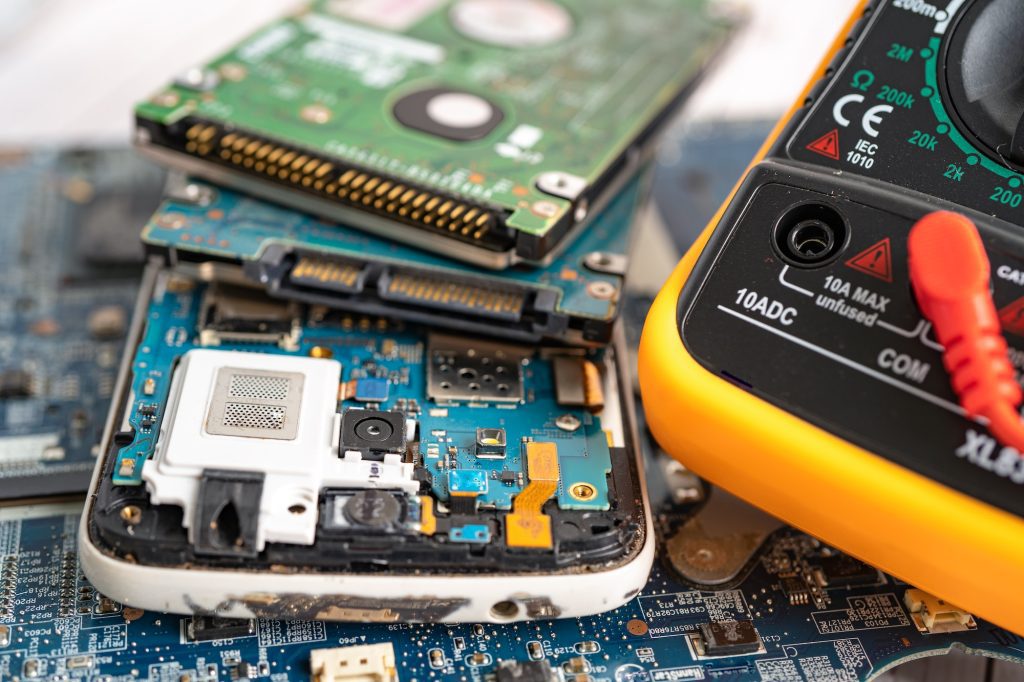
































Statistics Netherlands (CBS) has collaborated with the UN University to develop a new methodology, commissioned by the EU, to measure the quantities of electronic waste (e-waste) produced. The primary objective of this methodology is to verify compliance with the EU Directive on recycling e-waste and measure other waste flows. The new EU Directive requires countries to collect 65% of all equipment on the market or 85% of the total e-waste generated by the end of 2018.
E-waste, or waste electrical and electronic equipment (WEEE), contains valuable and harmful materials, making proper recycling and disposal essential. The reinforced EU Directive acknowledges the significance of managing e-waste and has introduced stricter requirements to ensure appropriate handling. However, calculating the amount of e-waste produced can be challenging. To address this issue, the CBS method estimates e-waste quantities based on existing statistical concepts and available data on production, imports, exports, and the expected lifespan of products. The methodology focuses on the number of appliances and devices rather than the specific companies producing them. By using CBS statistics on production, imports, and exports, it calculates the amount of equipment put on the market. It estimates the resulting waste based on the anticipated lifespan of the products.
Why does it matter?
Transparency is a key feature of the CBS method. Currently, the Netherlands and most EU members keep records of companies reporting on the volume of electrical and electronic equipment sold. However, the EU aims to have an official data point that can independently verify these registrations. The CBS method provides transparency by showing the components of the production and waste statistics, allowing anyone to examine the data.
The CBS method is not limited to measuring e-waste quantities. It can also identify waste flows and promote the reuse of materials, thereby supporting the circular economy. The open-source nature of the method allows for its adoption, refinement, and adaptation by other countries, ultimately benefiting the circular economy and promoting the reuse of materials.
 Tags quentes :
Desenvolvimento
Aspectos digitais e meio ambiente
Lixo eletrônico
Tags quentes :
Desenvolvimento
Aspectos digitais e meio ambiente
Lixo eletrônico